The Chevy 454 cubic-inch big-block engine was a staple of the GM lineup for over 25 years. Could it be what you’re looking for?
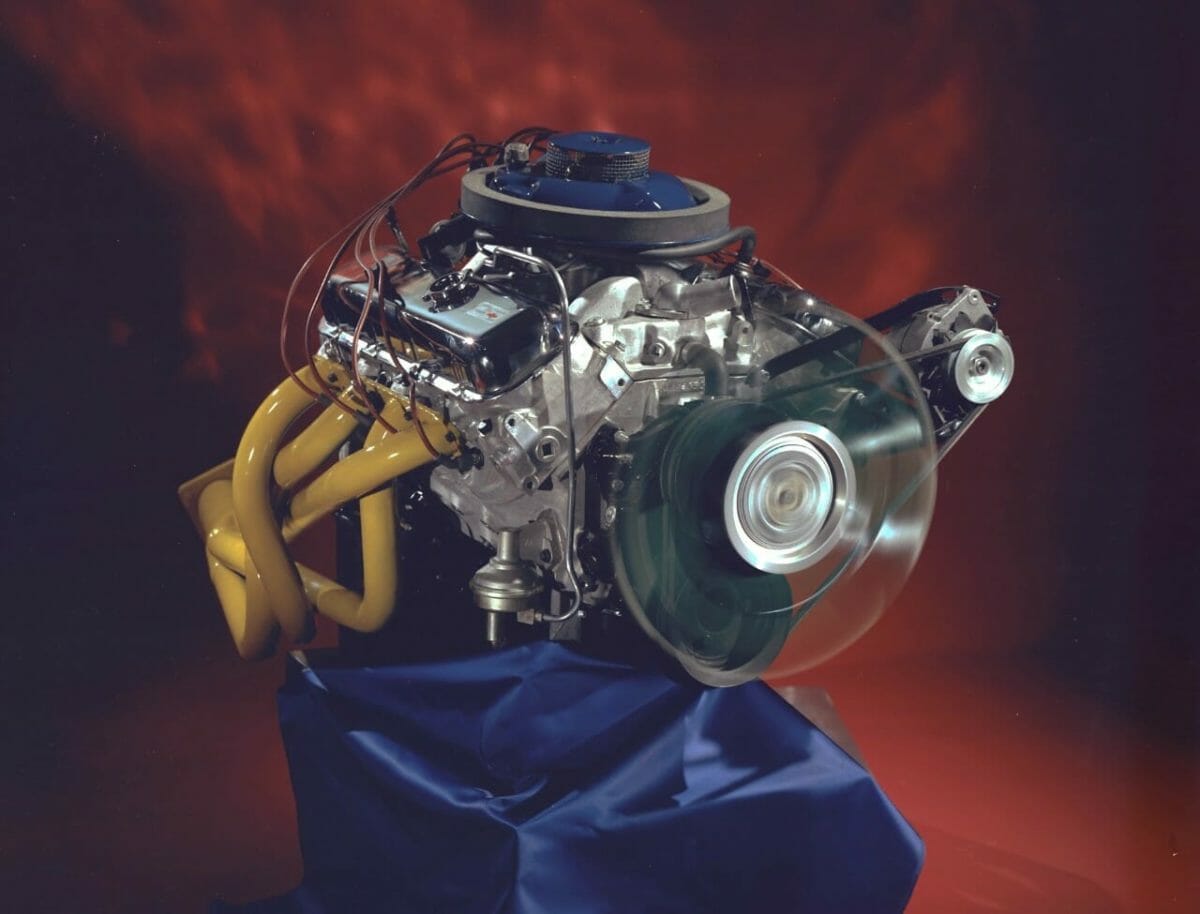
The Chevy big-block engine started life as an evolution of the iconic automaker’s muscle car lineup to expand its horizons into bigger engines with more power. It first debuted in 1970 as an upgrade to the equally iconic Chevy 427 big-block V8.
Unfortunately, the Chevy 454 big-block engine came just in time for the oil crisis of the 1970s brought on by the embargo on the U.S. by the Organization of Petrol Exporting Countries (OPEC).
By the mid-70s, high gas prices and growing fuel economy restrictions effectively snuffed the great battle between American automakers seeking dominance in the muscle car field. It truly was a devastating blow to the muscle car legacy.
That makes it all the more impressive, then, that the legendary Chevy 454 big-block V8 managed to claw its way through the oil embargo and live a healthy life on to the next millennium.
While it wasn’t available in production cars after 1976, it continued to be a staple of the Chevrolet and GM pickup truck lineup until 2001 when it was finally discontinued in vehicle production.
Throughout its production and until its final days found under the hood of GM trucks, the Chevy 454 was also a staple of drag cars across the nation and remains so to this day. You can still purchase a 454 big-block V8 crate engine from Chevy themselves, which only confirms its firmly planted legacy.
Whether you’re looking to buy a classic muscle car, need a cheap truck or van for towing and hauling, or want to build a performance engine for a race car, the 454 is a great option. Let’s take a look at the history of the Chevy 454 and what vehicles you’ll find it in.
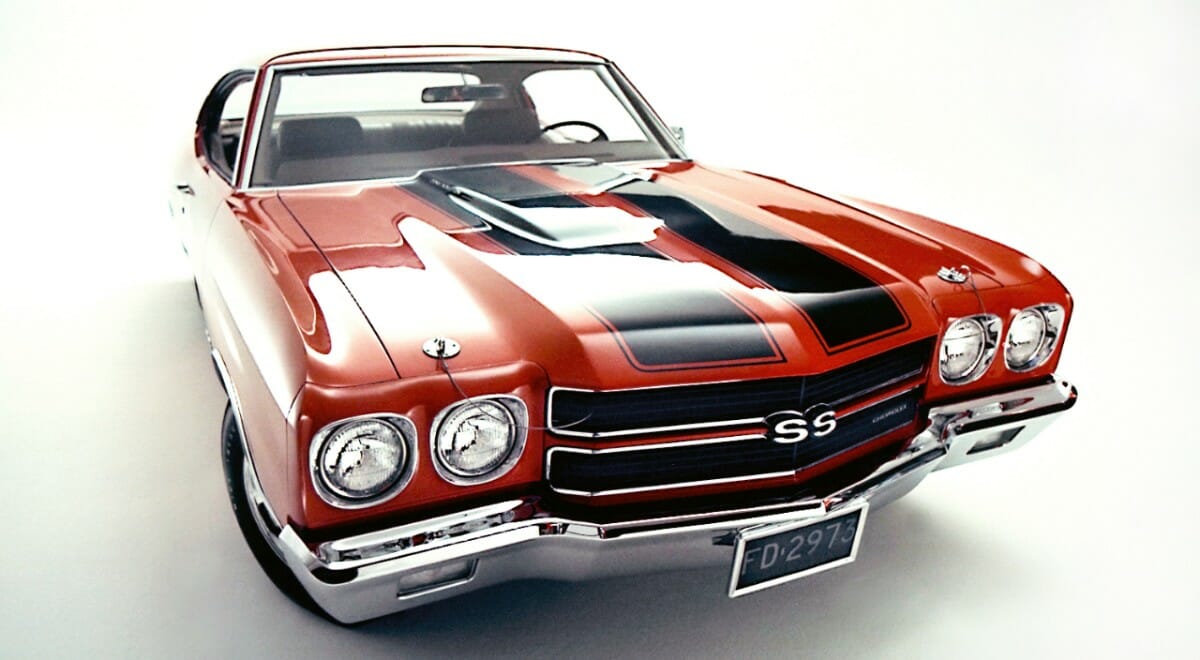
Chevy 454 Big-block History
Most people familiar with Chevy engine terminology will be familiar with the LS designation of engines due to the LS family of small block engines that became available with the Corvette in the 90s and continues production into today. However, long before the LS1 was introduced, GM used the LS designation for the family of 454 big-block engines.
In 1970 the LS5 and LS6 454 big-block V8 engines became available to the public in various GM vehicles. Additionally, the LS7 came to fruition but was never available to the public on standard Chevy or GM vehicles. It was, however, available as a crate engine for high-performance uses.
The most powerful variants of the 454 were in the year 1970 because this was before the oil embargo and tightening emissions restrictions. The 1970 LS5 came with 360 horsepower, and the 1970 LS6 came with an impressive 450 horsepower.
Unfortunately, after 1971 the LS6 was phased out, and engineers dropped the LS5’s horsepower to 245. The downward spiral continued with the LS4 making only 215 horsepower in 1975. Finally, it ceased being available on passenger cars after the 1976 model year.
In 1973, the 454 first became an option in the Chevy and GM truck lineup. It was available as an option for all Chevy trucks until 1979, when Chevy made it exclusively available to heady-duty trucks, meaning it was no longer an option for half-tons.
In 1987, the 454 switched from a carburetor to fuel injection, bumping power to 255 horsepower and 405 lb.-ft. of torque.
The final variant of the Chevy 454, known as the Vortec 7400, first became available in 1996 and would remain available until 2001 in some vehicles. However, after 2001, the 454 no longer was an option for production GM vehicles.
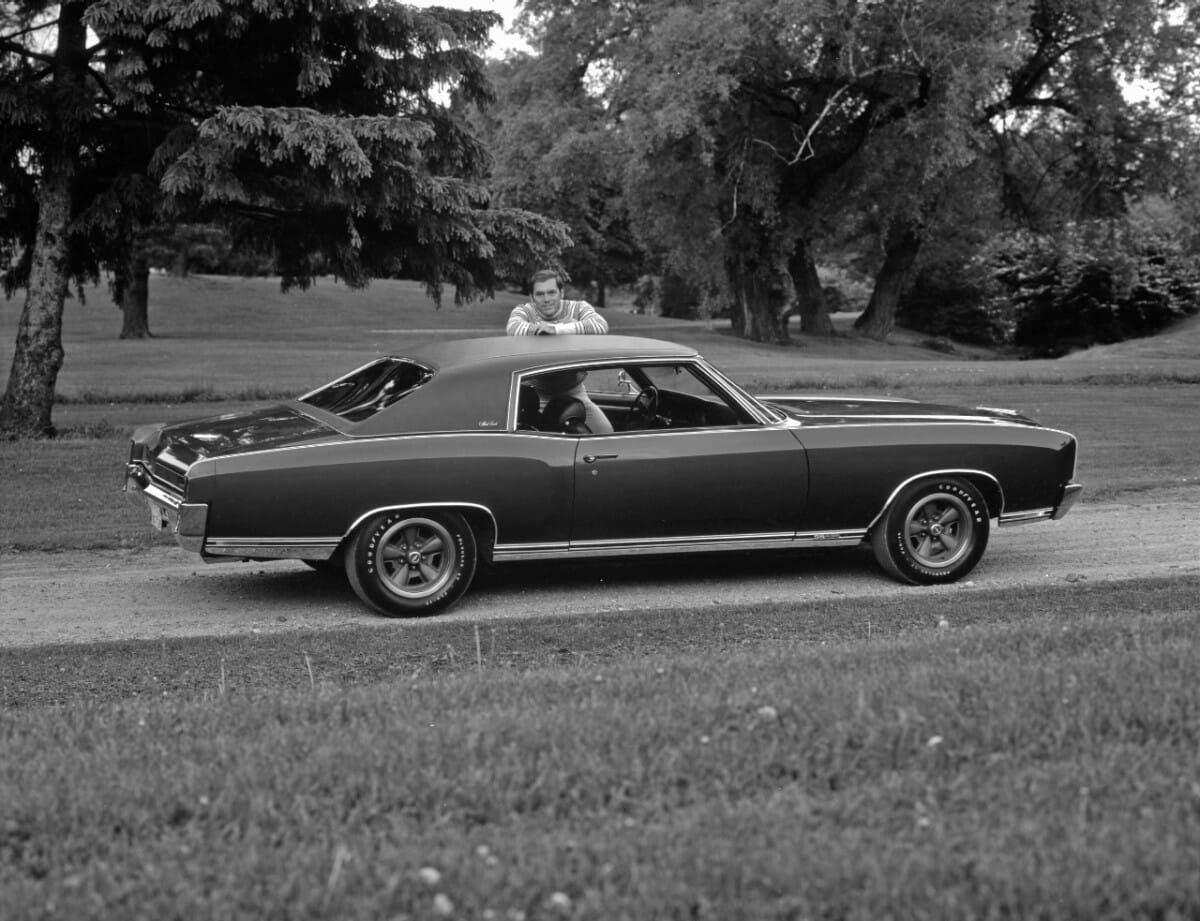
What Vehicles Came with a Chevy 454?
As before mentioned, the 454 came in various cars from 1970 to 1975. If you’re pursuing a classic muscle car or looking through junkyards to find yourself a 454, here are the cars you should be looking for:
- 1970–1976 Chevrolet Caprice
- 1970–1975 Chevrolet Chevelle
- 1970–1975 Chevrolet Monte Carlo
- 1970–1975 Chevrolet El Camino
- 1971–1972 GMC Sprint
- 1970–1974 Chevrolet Corvette
That being said, it is worth noting that the 454 big-block V8 was an option across all of those platforms. So, even if you find one of these models from these years, it won’t necessarily have a 454 in it.
Chevy GM Trucks, SUVs, and Vans also came with the 454 spanning a wide date range from 1973 to 2001. However, after the year 2000, it was only found in heavy-duty trucks and RVs. Here are the trucks and SUVs you’ll find the 454 in.
- 1973–2000 Chevrolet/GMC C/K GMT-400 platform trucks 2500 and 3500
- 1973–1999 Chevrolet Suburban 2500/GMC Suburban 2500 (option)
- 1973-1996 Chevrolet/GMC Van
- 1996–2000 Chevrolet Express 3/4 or 1 ton
- 1998–2001 Chevrolet Kodiak/GMC TopKick/Isuzu H-Series 4500 5500
Additionally, the Chevy 454 HO crate engine is still available from Chevy to this day. So, if you don’t feel like trudging through a junkyard to find one and you need one for a project, you can still buy one brand new.
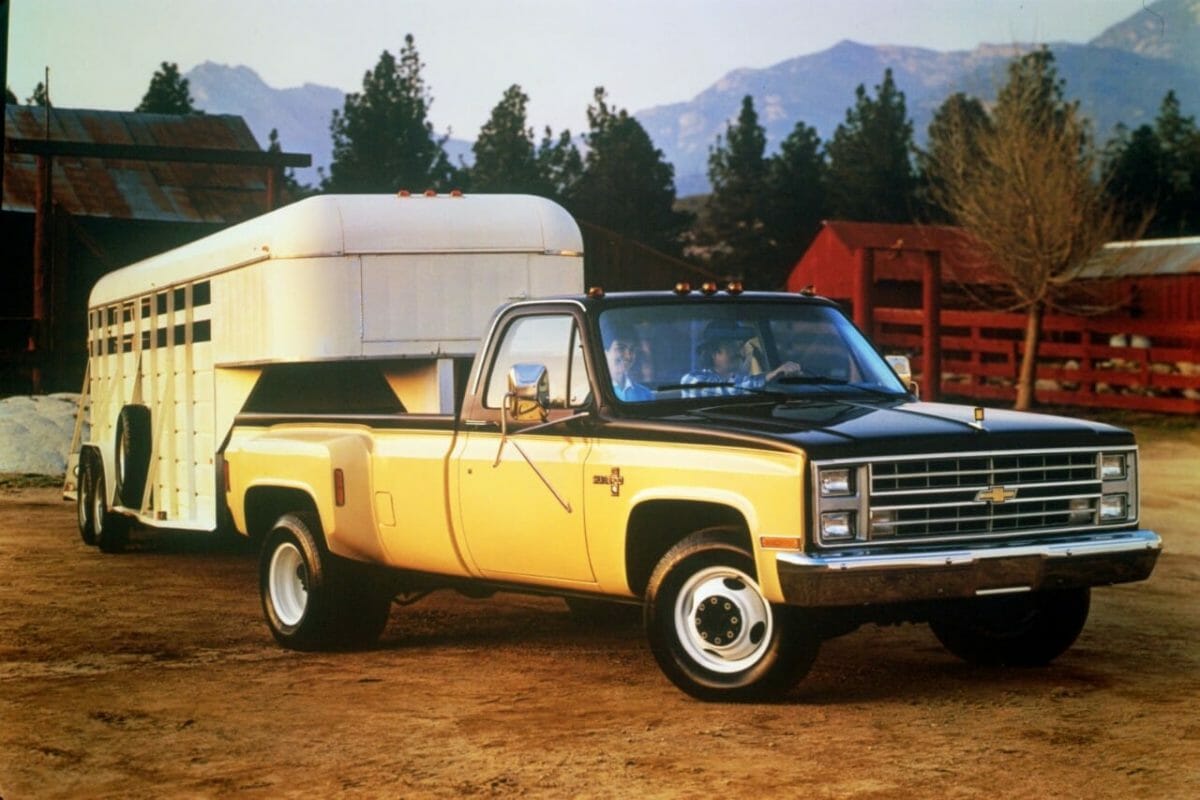
Chevy 454 Engine Specs
The Chevy 454 uses a typical old-school V8 design like you’d find on small block engines like the Chevy 350 or Chevy 305. Though things like compression, fuel injection, and emissions systems have changed over the years, the basic 454 construction remains identical to the day it first came from Chevy.
The 454 uses a cast-iron engine block and aluminum cylinder heads and used this construction throughout its entire production run.
Additionally, the bore and stroke remained the same throughout the entire production run as well. The cylinder bore is 4.25-inches (107.95 millimeters), and the stroke is four inches (101.6 millimeters).
Finally, all 454s use standard camshaft-in-block construction with pushrods to control the valves.
The compression ratio varies depending on which engine you got.
- The LS5 454 engine has a compression ratio of 10.25 to 1
- The LS6 454 engine has a compression ratio of 11.25 to 1
- The Vortec 7400 454 engine has a compression ratio of 8.5 to 1
- The 454 HO crate engine has a compression ratio of 8.75 to 1
Consistent bore and stroke over the years mean that parts are interchangeable, and a whole host of aftermarket parts are available. This being the case, parts are very readily available should you need to repair a 454 equipped vehicle.
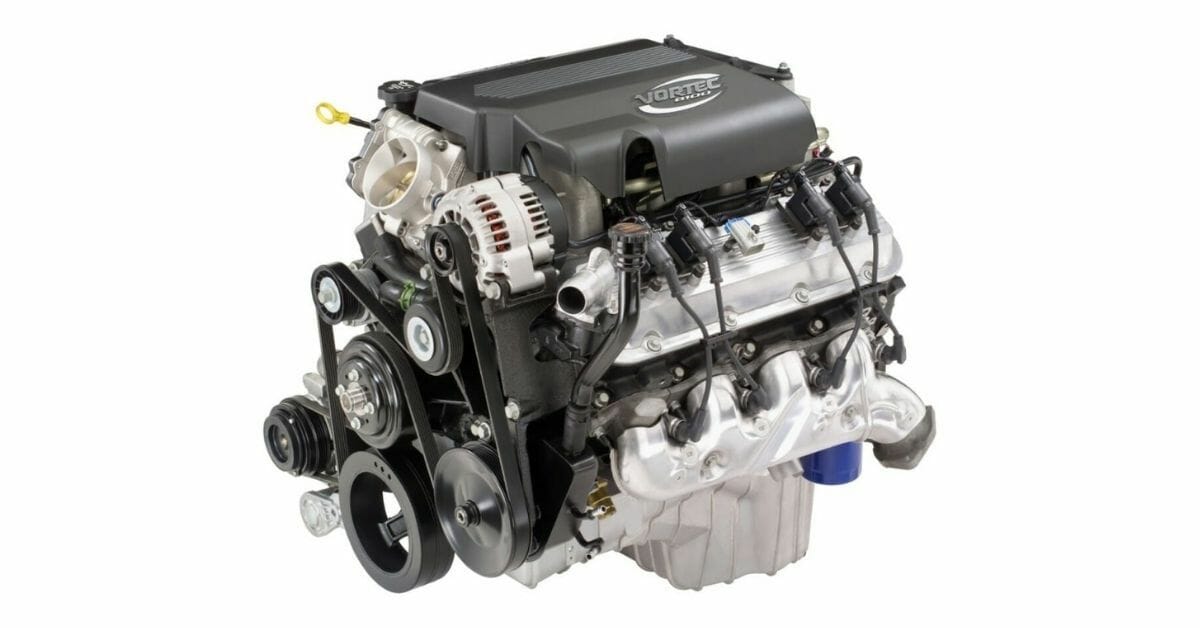
An Iconic Part of Chevy History
Overall, the Chevy 454 stands out as an iconic part of Chevrolet, GM, and motorsports history. Though it goes down as one of the least powerful big-block V8s Chevy ever produced due to the stringent emissions regulations and the OPEC oil embargo, it still graces drag strips to this very day.
Furthermore, there are still plenty of trucks, vans, and SUVs on the streets with the iconic 454 engine rumbling away under the hood. Furthermore, it laid the path for more modern variants of the big-block Chevy engine like the Vortec 8100.
So, if you’re looking for a new tow vehicle in the form of a classic Chevy or GM truck or SUV, one equipped with a 454 is sure to offer the torque you need to get yourself, your friends and family, and whatever you’re hauling where you need to be.
A Chevy as new as a 2000 Suburban or 2000 Silverado 2500 is available with the legendary big-block.
So, you can have the big old school engine with a touch of modern amenities, should you so choose.
Furthermore, the 454 is a great option if you’re looking for a crate engine for your race car or a mid-seventies GM or Chevy classic muscle car.
As always, though, remember to use our free VIN research tool to inspect a vehicle’s history before purchasing used. As long as the 454 you’re buying has been decently cared for and doesn’t show any obvious signs of being on its way out, you’re likely to get thousands and thousands of miles out of it without any major issues.
Photos: Chevrolet
